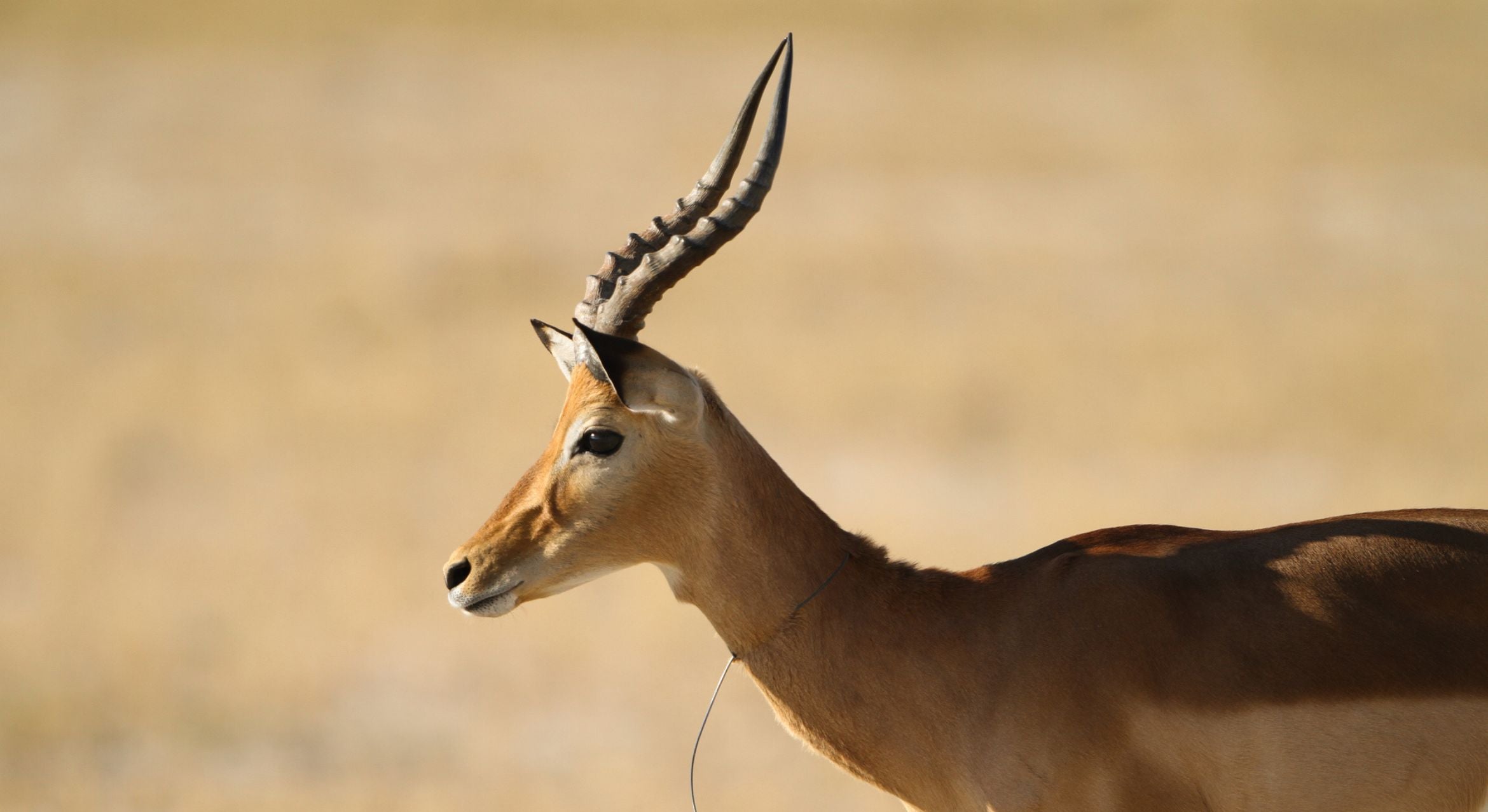
'Hybrid' Immersion


Call them hybrids. Equal parts scientist, engineer and artist, they're using mathematics as a bridge between traditionally divergent disciplines, advancing all three by breaking new ground.
Meet UC Santa Barbara's Deutsch Foundation Fellows, a five-student and one-postdoc crop of just such new-school academics. They are pursing advanced degrees and research in the Media Arts and Technology (MAT) graduate program, which was created to foster exactly the type of innovation for which the fellows are increasingly known. Blurring the lines between creative and scientific approaches, they are testing their theories — and paving the way toward new technologies — in UCSB's one-of-a-kind, immersive 3-D lab, the AlloSphere.
"If we're going to use computers to represent data not only by crunching numbers but by using sensory information, both visual and audio, to interact with data, to gesture with it, as if it's an instrument — who better than an abstract artist?" asked JoAnn Kuchera-Morin, founder and director of the AlloSphere, and a professor of both music composition and media arts and technology. "That's what we do — work with complex mathematical equations and algorithms and map them, visually and sonically, in time and space.
"It's really a new field that we're making here — a partnership of arts and science through mathematics — and we really are hybrids," Kuchera-Morin added.
All of which is music to the ears of the Robert W. Deutsch Foundation, whose recent $1 million gift will continue to support the eponymous fellowship program launched in 2011. The Baltimore-based foundation is named for nuclear-physicist-turned-entrepreneur Deutsch, whose lifelong interests include innovations in science and technology, education and social justice.
"Dr. Deutsch was a great believer in strongly innovative ideas and providing opportunities for people to move in a direction that others had not followed," said Neil Didriksen, the foundation's chief operating officer. "As a very successful scientist and entrepreneur, he was always interested in where technology was leading us and was very willing to go in early when others were not quite sure about what the consequences could be. When we heard about what they're doing at the AlloSphere, it seemed to us to be something unprecedented and we were just taken with the passion they bring to the work.
"Now having met the grad students who are the Deutsch Fellows," Didriksen continued, "we see that this investment is going to have tremendous returns, not only here, but also as these wonderfully smart and committed students — with the help of the UCSB faculty — take their ideas out into the world. It's very exciting for us to be associated with this."
Said Chancellor Henry T. Yang: "Our campus is deeply grateful to the Deutsch Foundation, including President Jane Brown and COO Neil Didriksen, for their support of our Deutsch Foundation Fellows. We share great pride in our renowned Media Arts and Technology graduate program and we are excited about the innovative technical research and creative work that our talented Deutsch Fellows are engaged in."
These future-focused student researchers include Pablo Colapinto, a Deutsch Fellow and MAT doctoral candidate. A video artist, computer scientist and film animator who in 2005 received a Pew Fellowship in the Arts, Colapinto has had his 2-D and 3-D work has been showcased at Lincoln Center, the New York Public Theatre and the New York Metropolitan Opera. Driven toward the experimental, he is applying all those skills to his current research focus in the emerging field of geometric algebra.
A relatively new and, at UCSB, sparsely studied model for spatial calculations and computations that has implications for quantum physics, the work is, in Colapinto's description, "building geometric intuition."
"It spans across disciplines, from physics to math to art, and the AlloSphere is there to help me — and help me help others — work in these experimental spaces," he said. "The Deutsch Foundation is enabling that. It's an interesting dynamic having the space and time to work on higher-level and more intricate issues that aren't even taught here yet. We're able to develop and build our own curriculum and our own program, which is fantastic and very rare."
Colapinto added, "For the Deutsch Foundation to come in and support this open-ended sort of study, these blue-sky innovation concepts that are harder to pigeonhole, is simply fantastic."
Kuchera-Morin, a digital media pioneer, couldn't agree more.
Since 1997 her brainchild, the AlloSphere, has been facilitating the pursuit of just such concepts — and encouraging just such a creative approach to exploration — by enabling scientists to see data in new ways. Built inside a three-story, nearly echo-free cube, the 30-foot-diameter sphere simulates reality with its 3-D, 360-degree projection of visual and aural data, and sensing and camera tracking. Able to represent phenomena and scales subatomic to universal, it allows for insights into places researchers can't physically go — from a hydrogen atom to the human brain.
The possibilities and the potential, according to Kuchera-Morin, are limitless.
"That's what the field of multimedia is all about — taking it to the next level," she said. "We all know that right now we can map data into the visual and audio domains. But if we could make a cohesive mathematical language that will map sense vibrations into complex information — if the stuff that we typically see, we hear, or the stuff that we typically hear, we see — will we be able to glean new insights into the information?
"What's really exciting for me — and what I'm so grateful for — is the Deutsch Foundation having the vision to understand what we're doing here, and their funding for the grad students is like gold to me," she added. "As far as I'm concerned, their support is the core of what's going to hold us together and let us discover what we need to discover. And I think we can do some incredible things."



